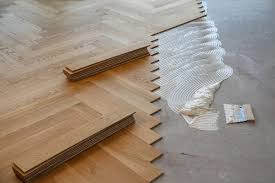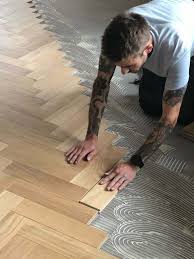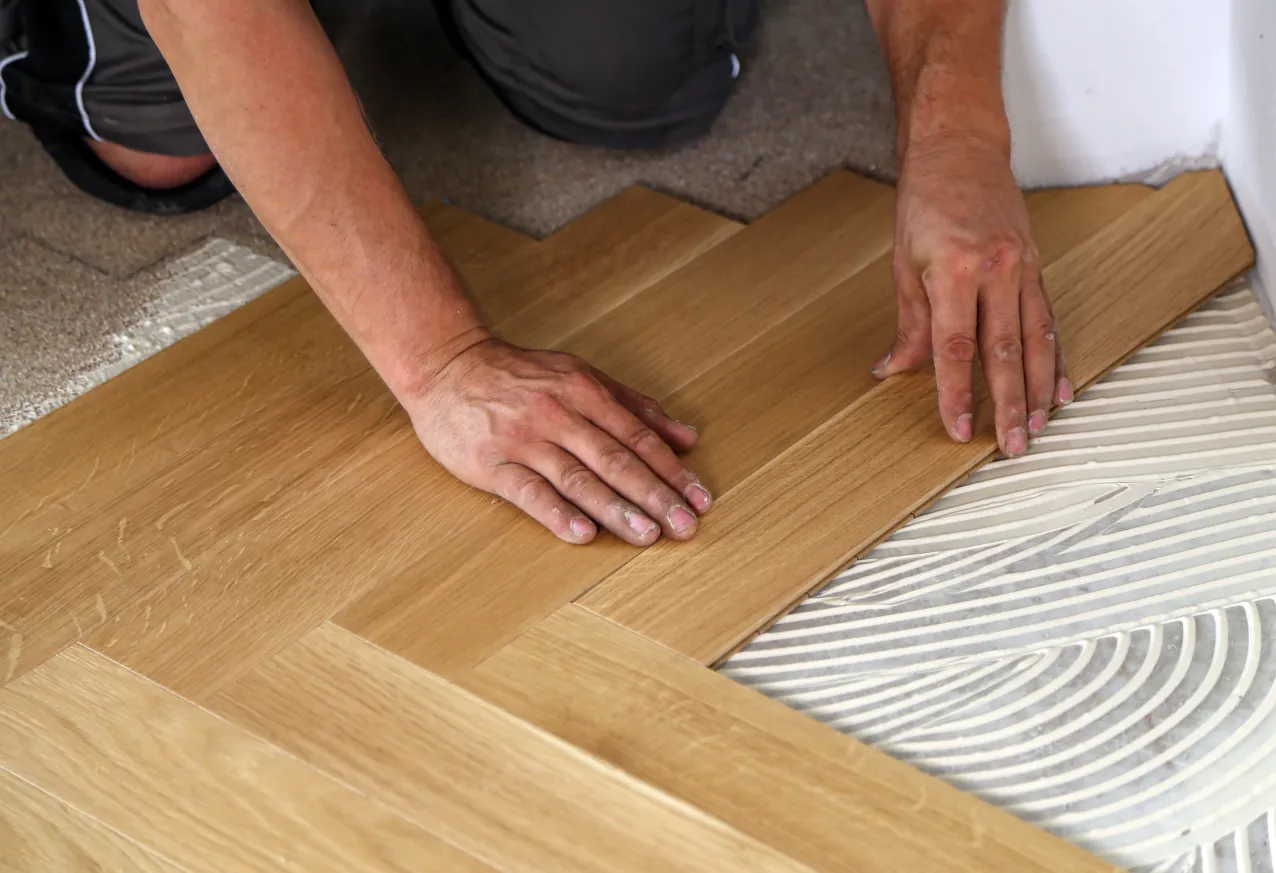

Hardwood floors are a popular choice for homeowners due to their natural beauty, durability, and timeless appeal. However, installing hardwood floors is not a simple DIY project; it requires proper planning, preparation, and expertise.
The first step in hardwood floor installation is selecting the right type of wood. There are various factors to consider when choosing hardwood floors, including the species, color, width, and finish. Each type of wood has its unique characteristics, durability, and maintenance requirements. Some popular hardwood species include oak, maple, cherry, walnut, and hickory.
Before installing hardwood floors, it is crucial to prepare the subfloor properly. The subfloor must be clean, dry, and level. Any debris, dirt, or dust should be removed, and the subfloor should be inspected for any cracks, holes, or uneven surfaces. If the subfloor is not level, it may require sanding or filling to ensure a smooth surface for the hardwood floors.
Once the subfloor is prepared, the hardwood floors can be installed. The installation process depends on the type of hardwood and the method of installation. There are three primary methods of hardwood floor installation: nail-down, glue-down, and floating.

After installing the hardwood floors, they need to be finished to protect the wood and enhance its natural beauty. There are two primary types of finishes: site-finished and prefinished.
Site-Finished: This method involves sanding and finishing the hardwood floors after installation. The floors are sanded to create a smooth surface, and then multiple coats of finish are applied.Hardwood floor installation is a complex process that requires expertise and attention to detail. From selecting the right wood to preparing the subfloor and finishing the floors, each step is crucial to ensure a beautiful and durable hardwood floor. Proper maintenance is also essential to keep the floors looking new and prolong their lifespan. By following the steps outlined in this article, homeowners can enjoy the timeless beauty and durability of hardwood floors for years to come.
